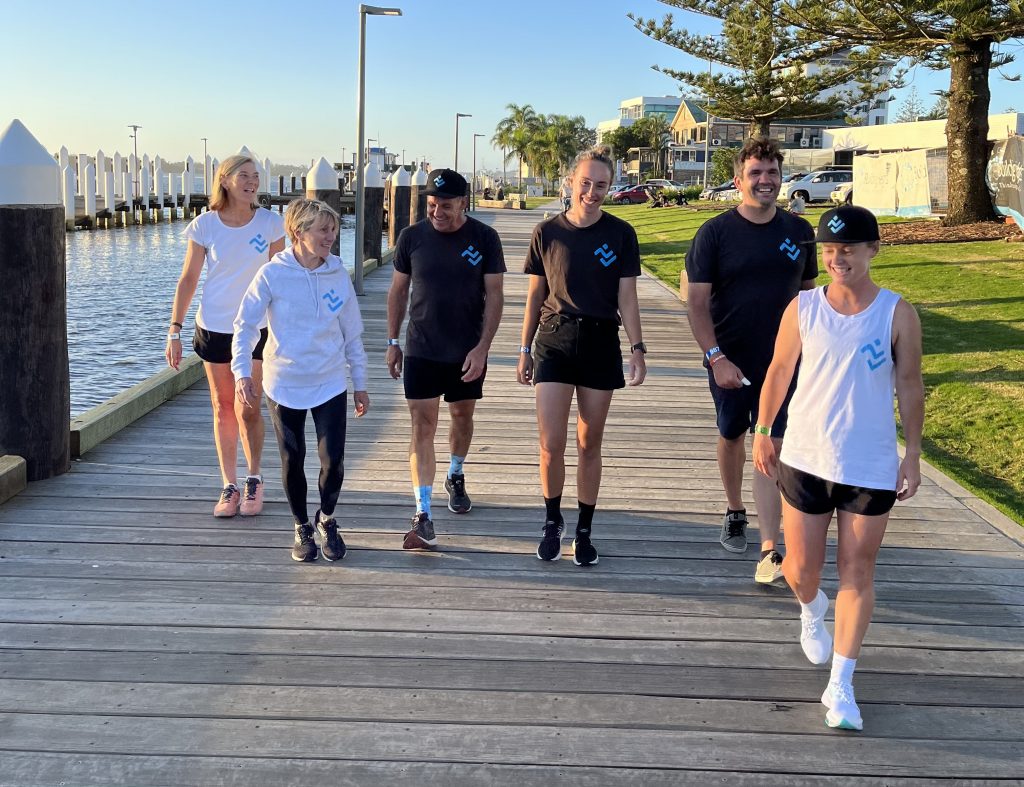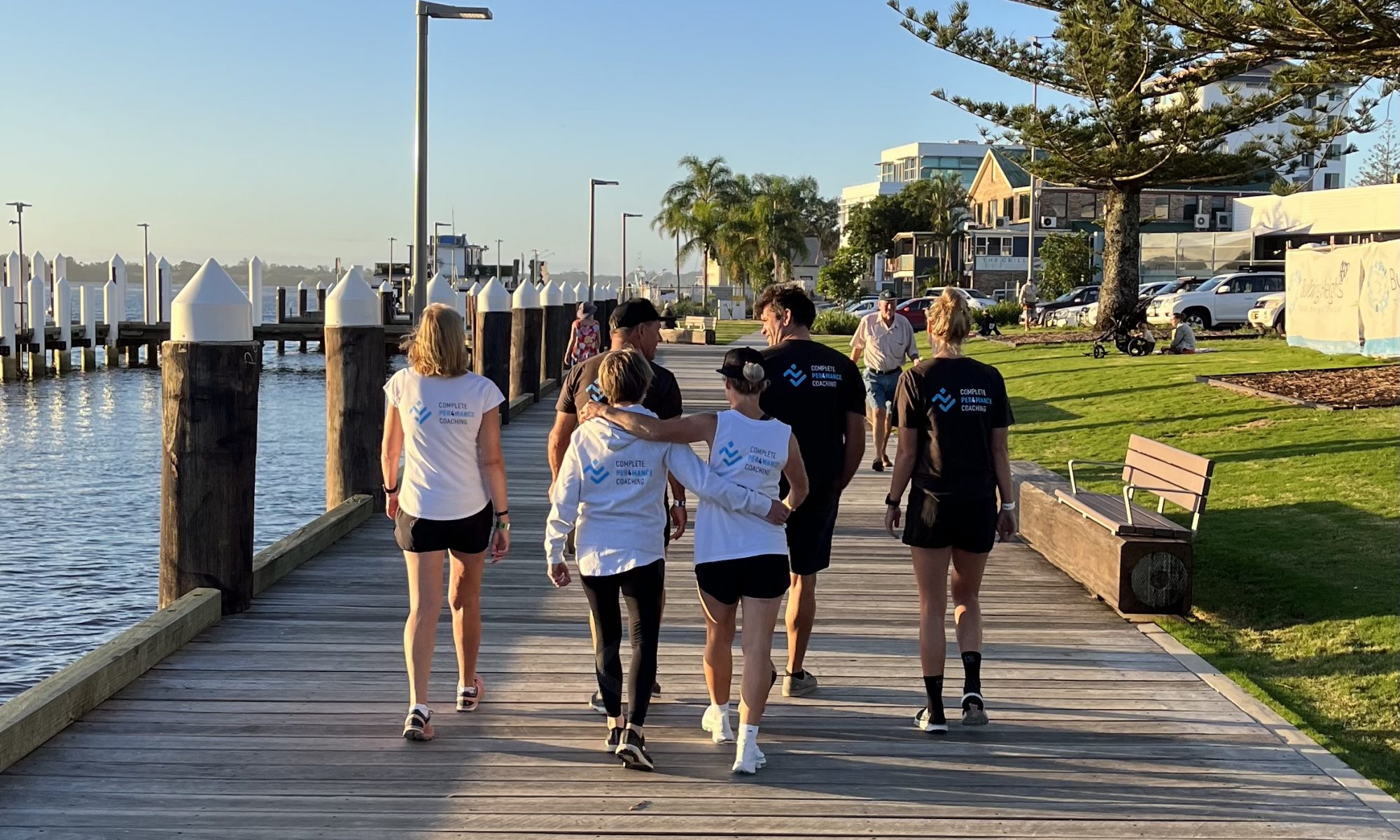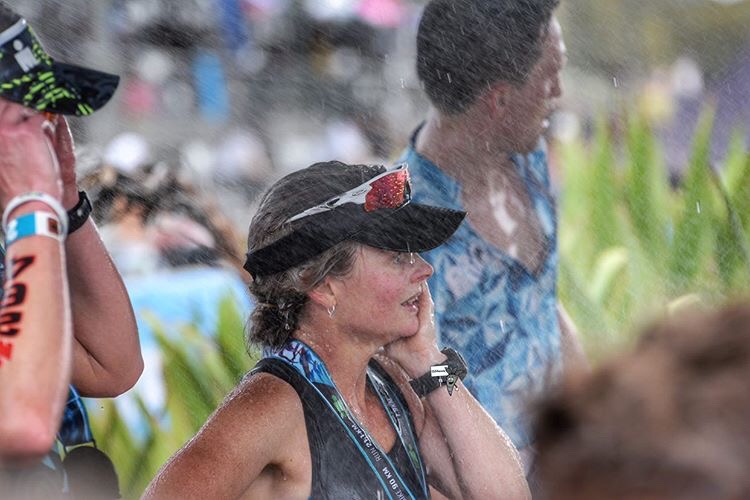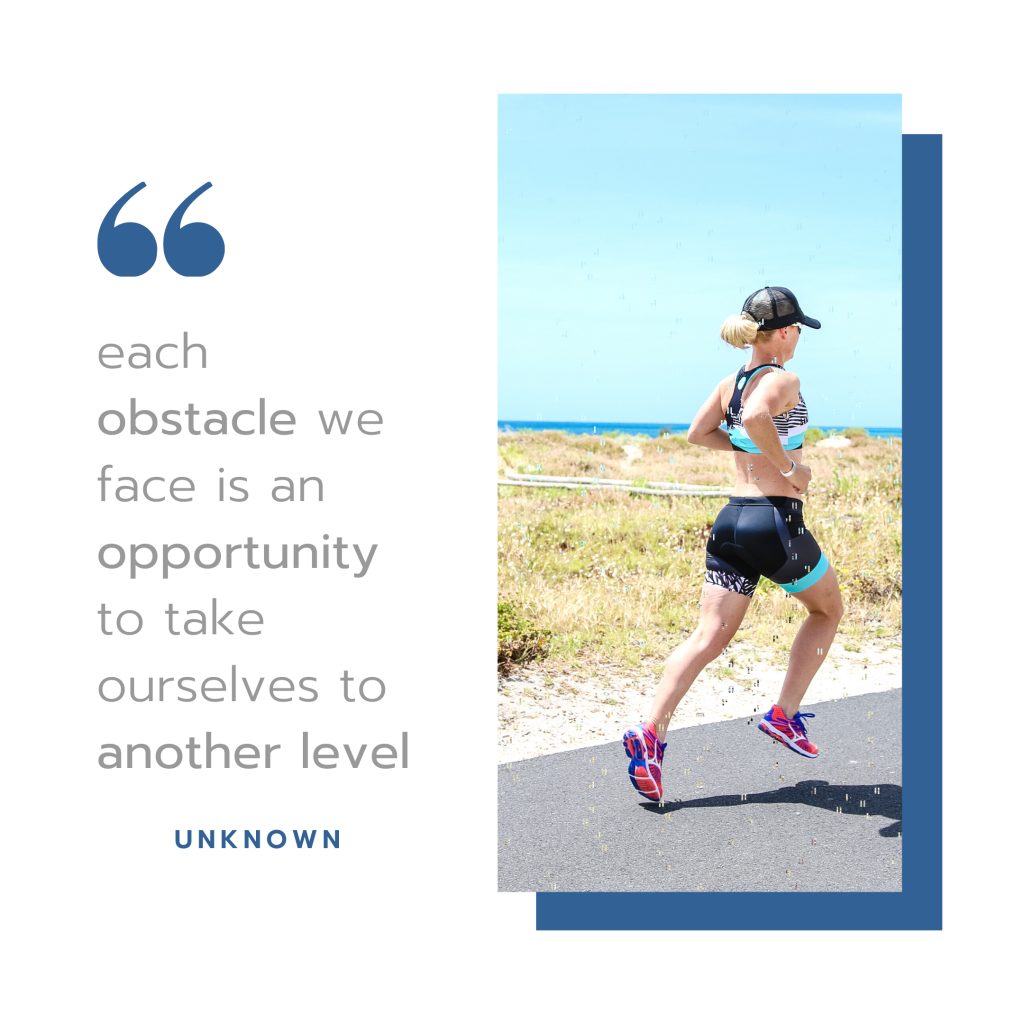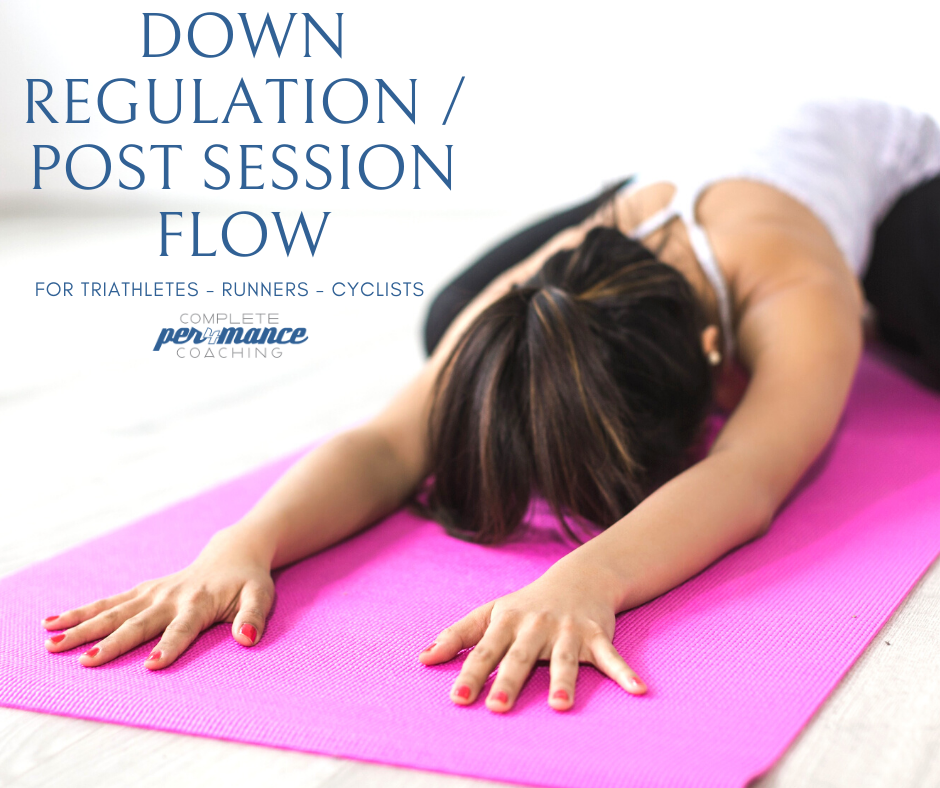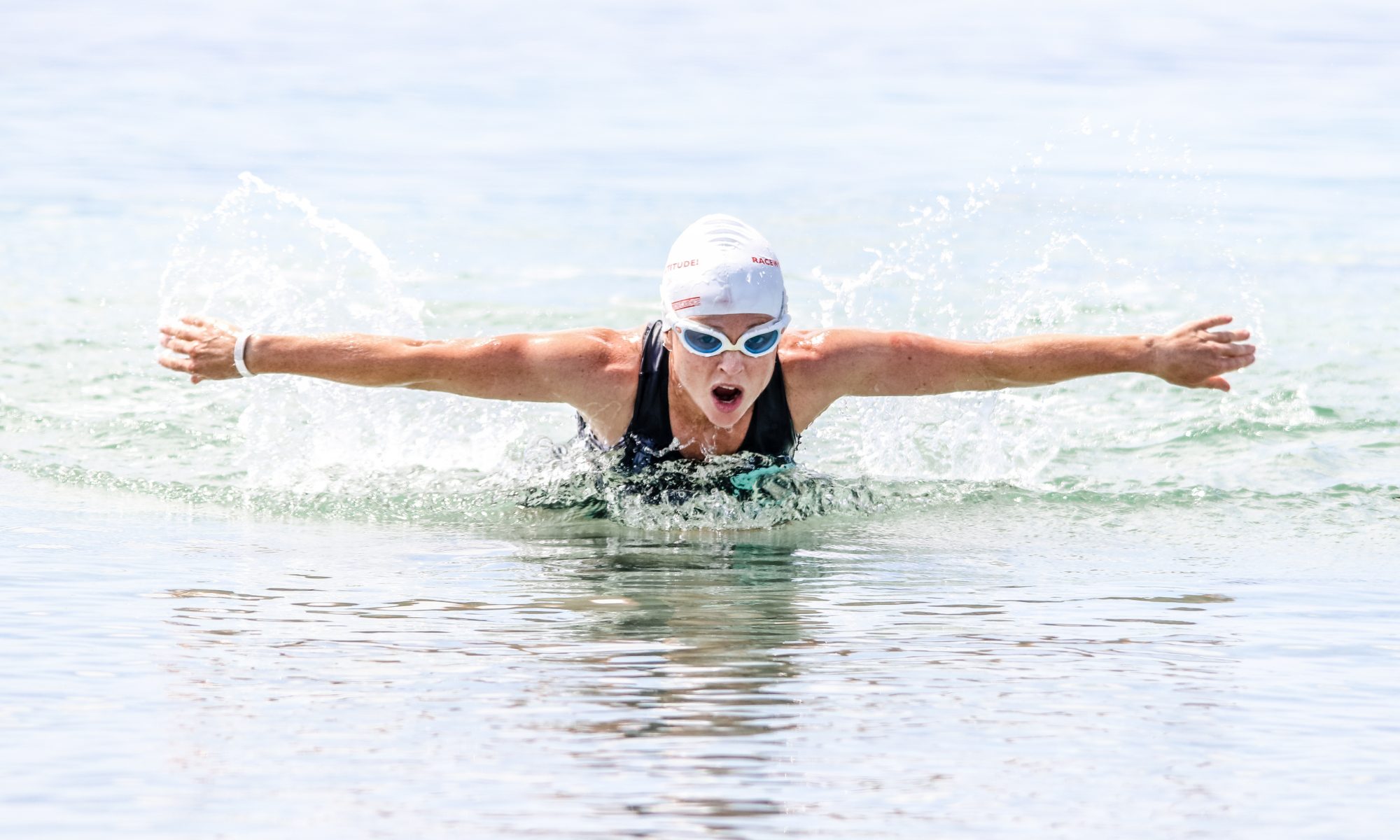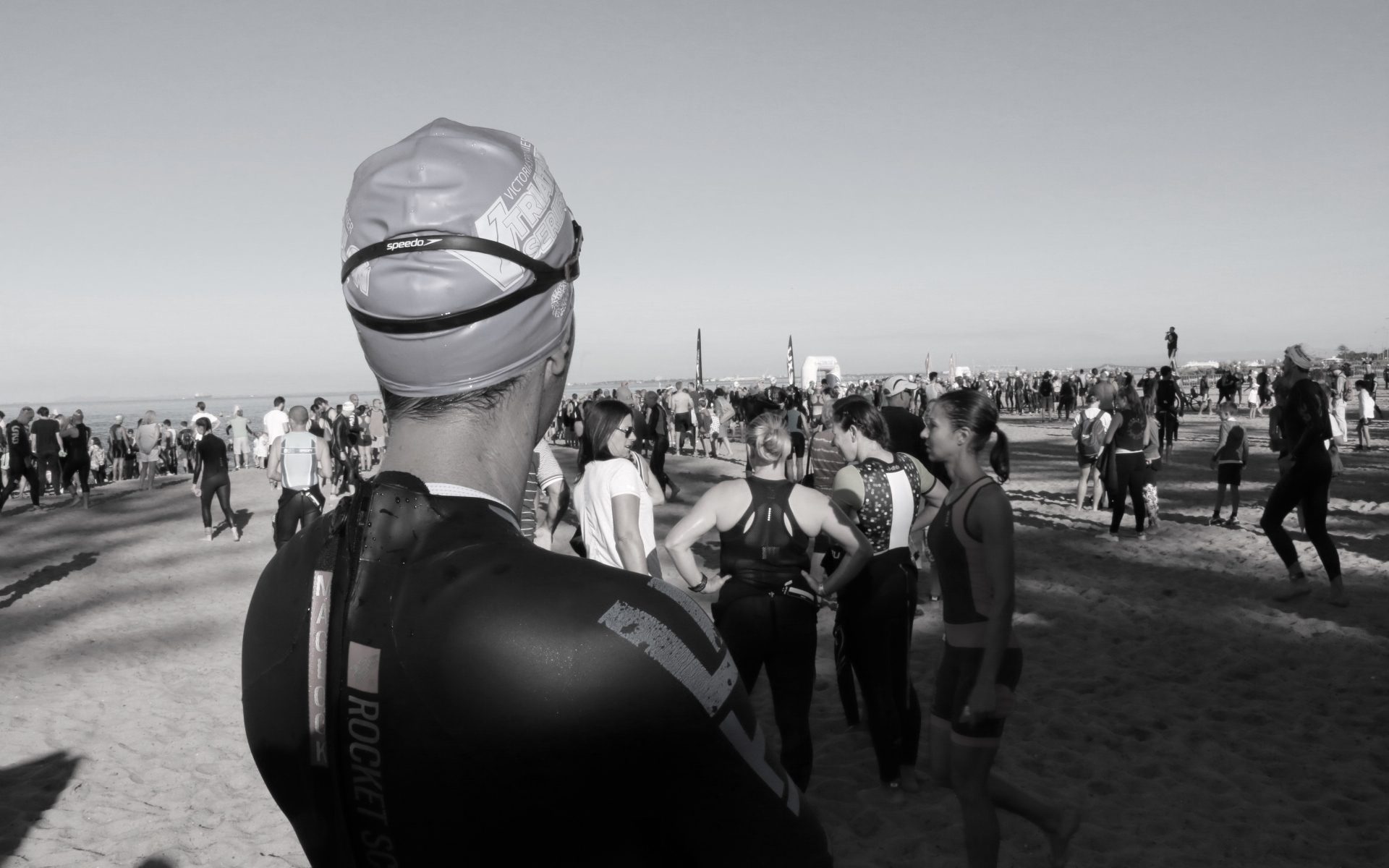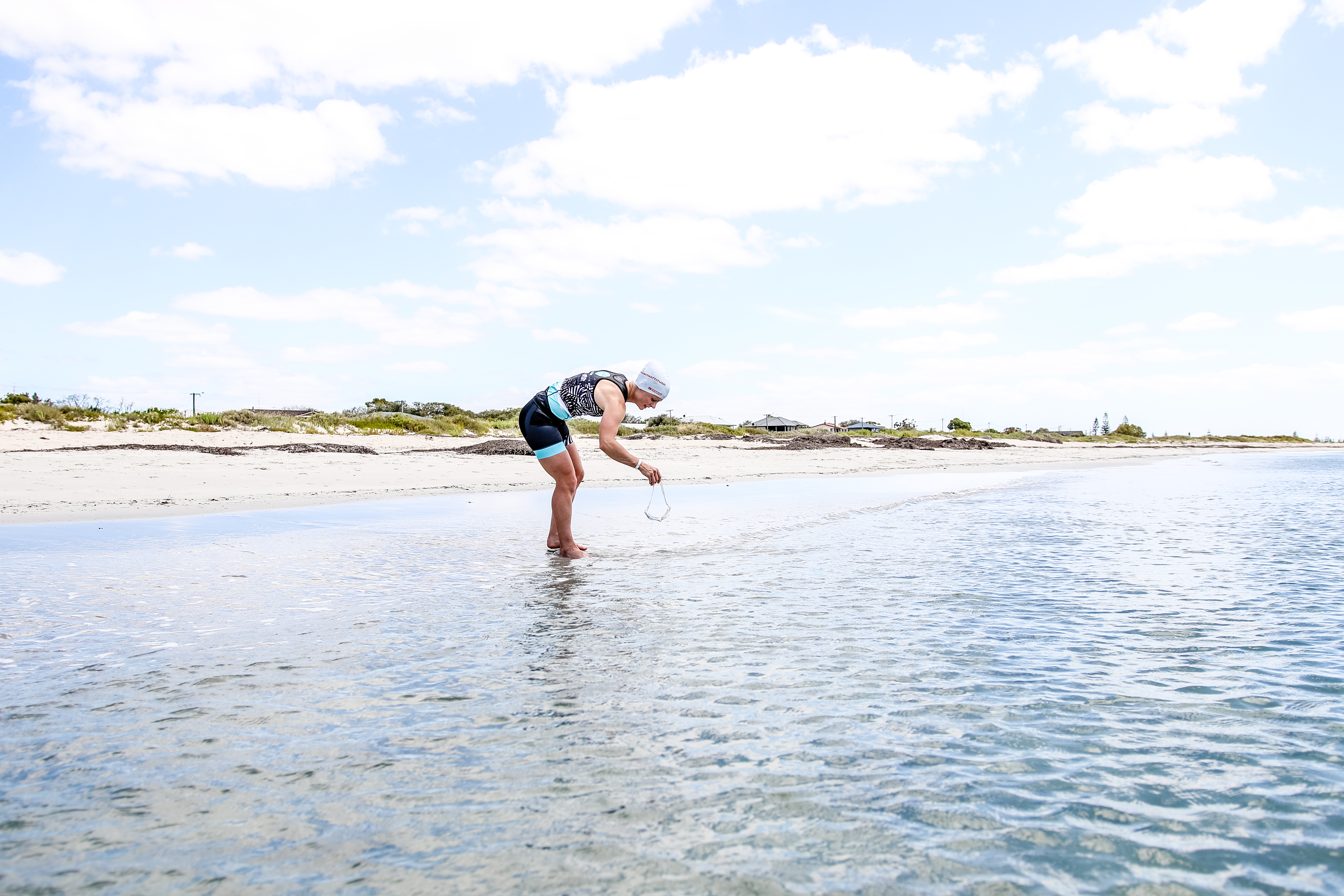You’ve been training for a few years now, results happened quickly, improvements kept coming, you felt unstoppable, riding the high of your triathlon successes. But as quickly as the results came, you suddenly feel like your improvements are slowly withering away and your shot at another PB seems like a distant memory. You keep training but your body just doesn’t seem to respond like it used to. Paces seem to be faltering, or even slowing down, energy and motivation wavering, race results diminishing. Does this sound like you? Good news is – you are not alone. Most athletes hit a plateau at some point in their training. We often see it in athletes after 2-3 years in the sport, but it can happen at any time. So with some understanding, practical tips and know how – you can smash through the plateau and be back on your way to your next PB in no time.
What is a training plateau?
Firstly, to understand why you have hit a training plateau, we must understand what it is. When you put your body under physical exertion or physical stress (training), it creates a multitude of physiological responses at a cellular level in your body. Once the body is stimulated by the stress (training) it then goes through a process of adaption to meet the demands of the stress. As adaption occurs, the body is then better equipped (adapted) to handle the training load and it therefore becomes easier (ie you become faster / stronger / more efficient).
Training increases must then be applied to elicit further physiological responses in the body and to continue improvement. This can be done in a number or combination of ways including increases in frequency, duration and/or intensity. If not, or if you don’t allow the adaption process to occur (through over training or under recovering) then your body will undoubtably hit the dreaded training wall plateau.
Hitting a training wall or plateau is a frustrating part of training that most athletes will unfortunately experience at some point. The key is recognising it and making changes so you don’t find yourself stuck there and treading water for too long. So if you are consistent with your training, but have stopped seeing the results, try these practical and effective tips and training methods to smash your way through that training wall plateau and reap some serious results (and PB’s!) as a result.

1. Don’t just train more
I put this first, as it’s often the ‘go to’ for athletes if they find themselves in a plateau. This can often be the worst thing you can do, especially if you have hit that wall due to over training or under recovering in the first place. Overtraining generally leads to fatigue, injury and/or underperforming, all that go hand in hand with hitting a plateau. So if you find yourself in this situation, don’t immediately just train more. Yes it’s important to be disciplined and consistent with your training, but it’s also crucial that you pay attention and listen to your body. If you have been training consistently, then look at other signs and reasons as to why you have found yourself in a plateau (read on). More training doesn’t necessarily equate to better results.
2. Get the balance right
How much you train, and the type of training you do over time, along with the amount of recovery and/or the recovery methods you employ will all help ensure your training keeps progressing. A well-developed training plan/program will incorporate frequency, intensity and duration to elicit a specific physiological response at specific times in your training. Training increases are needed for a progressive overload but it is the amount of overload applied to the body that is the key. Too much and you risk injury, illness and over training, not enough and you won’t get the physical response to improve. To continue to see improvements, your training plan must stimulate the body at the new fitness level. Adaption then takes place again (the plateau) and so the process then continues. If you get to a point where you aren’t coming out of your plateau, then review the frequency, intensity and duration of your sessions to ensure a continued improvement. Sometimes it can mean not quite having the balance right or at the right times that sees you landing in a plateau for longer than planned.
3. Mix it up
One of the reasons you may have hit a plateau is because you are stuck in the same training routine. That training routine may have worked well in the past, but it doesn’t mean it is right for you now. Our bodies are very smart and extremely good at adapting to outside stress, so if you don’t mix things up, it can not only affect your results, but it can also affect your motivation too. So make sure you mix things up every now and then. It doesn’t have to be drastic, but just by changing up a block or period in our training such as backing off your running and bumping up your riding can freshen up your run and boost your ride at the same time. Or if you are always prescribed an aerobic, high volume training program, try adding some more intensity into your training. You may even want to try and flip things around, start your build with some intensity, and then move back to aerobic and strength. Remember there is always more than one way to achieve results. So don’t get stuck in your ways. Change it up and then monitor your results to ensure you are getting back on track.
4. Embrace recovery
If you are one of those athletes that fears taking a day off training, you are actually more susceptible to hitting the dreaded training wall plateau.
A body grows and becomes stronger and faster AFTER it has adapted to a training stimuli. So the amount of rest and recovery you give your body is just as important as the training itself. Without sufficient recovery, over time your body won’t be able to absorb the training load and make the adaptations to increase performance.
Think of this process like climbing a staircase. You can’t keep climbing at the same rate and the same intensity forever. At some point you will need to stop and rest so you can recharge and keep going. That’s what recovery days / sessions allow. A chance for your body to recharge so you can then hit your next sessions stronger. So if you are constantly fatigued, sore, or not hitting your target times or efforts in training, there’s a good chance that you are simply not giving your body sufficient rest and recovery. So listen to your body and back it off a little if you need. Try taking a day or two off to regain both your physical and mental strength. You may just be surprised with how taking just a few days off can actually help not hinder your training and performance. So don’t fear recovery sessions or days. Embrace them.
5. Go hard on hard days, easy on easy days
Far too many athletes spend time in the ‘grey’ zone. Sitting in that middle ground of training. I understand it, it feels like you’ve had a good work out, but still got some left in the tank, it’s not super hard, but not easy either. But there lies the problem. Each type of session has a purpose at specific times in your training build. If you are always training in that ‘grey’ zone, you will miss the benefits of building a sounds aerobic base and therefore stunt your maximum aerobic function (your engine!), and at the other end, you will never hit hard sessions hard enough to effectively improve your VO2Max – which is what every athlete should be aiming for. Plus another down-side – you are at an increased risk of over training and/or under recovering. So know and have a purpose for every session you do. If the purpose is aerobic base development, train in that zone, if it’s technique, go slow and focus, if it’s VO2max or speed, go hard and fast. Save the tempo and threshold training for race specific sessions when they are needed, and they certainly aren’t needed in every session.
6. Include specific training blocks
Many athletes get stuck into the ‘3 swims, 3 rides, 3 runs’ routine and then find themselves stagnating in one or more of the 3 disciplines. To give your training a little boost, while still balancing your time and recovery, look at including a block of training which focuses on one or two disciplines for a specific period of time, not all three. As an example:
Plan a 6 week ‘swim’ block if you have found you aren’t making progress in your swim. You might still train 9 times a week, but the ratio may be 5 swims, 2 runs, 2 rides. Similar plans can be done for the bike and run.
7. Add a training spike
If you feel like you train specifically, you tried the recovery, have a good balance but still feel like you are in a rut, the next step might be a training spike. A training spike can often come in the form of a training camp. Training camps provide a training spike through a condensed training overload over a specific period of time – generally from 3-5days. Your aim is to overload your training during that specific period, then allow sufficient recovery and you should see the benefits a few weeks later. You can choose to attend a specific training camp, or you can simulate your own at home. As an example, you might normally swim 3km on a Friday morning, ride 3hours in the hills on a Saturday and run 1hour on Sunday. A training spike over the same 3 day period may look like the following*:
Friday AM: 3km aerobic strength based pool swim
Friday PM: 45-60min easy technique focused aerobic run
Saturday AM: 4hour aerobic strength based hills ride
Saturday LUNCH: 2km easy recovery pool swim
Saturday PM: 60-90min aerobic strength based run
SUNDAY AM: 3hour flat aerobic ride
Sunday LUNCH: 45min easy technique focused run
*Keep in mind that everyone’s training load and demand is different. Depending on the time of the year and phase in your training program, your training spike might focus on increased frequency, duration, intensity or a combination of all three. It should also have a particular focus based on where you are at in your training such as aerobic strength base or race specific phase.

8. Plan a bi-annual /annual recovery phase
A sound training plan will build you up over time, aiming to peak you for your specific key race/s, then include a recovery or transition period where you enjoy some recovery and down time. Too many athletes are frightened of having time off after a key race for fear of loosing the fitness they worked so hard for. Yes – you will see some decline in fitness after a week or so, but it is necessary. If you don’t, you actually run the risk of under recovering. The key though is not stopping fully. In general, aim to move your body for fun, enjoyment and exercise – rather than viewing it as training. Try something new, jump on a mountain bike, sign up to a yoga class, go on a hike… the list is endless. The movement and exercise will help maintain some fitness while fast tracking your recovery. Our bodies can’t be at their peak year round, so take some time off after a key race to refresh physically and just as importantly mentally, and you will come back even stronger for your next race or season.
9. Seek out a coach
When you started out in the sport, you may have been training yourself, joining in on group sessions or even following a template training plan. But as you progress, your training needs to progress too. So if you are serious about improving, it may be time to seek additional guidance through a Coach. A Coach can provide a training program that is periodised, with specific training blocks and cycles to help you get the most out of your training, and also leap you out of that plateau. Do some research on Coaches that provide individualised training programs designed for you. It will cost you a little more, but don’t underestimate the value a personalised coach who can add to your training and progression as an athlete.
Although there can be a number of reasons for a training plateau, most of the time you can come out the other side with just a few small changes to your training, recovery or lifestyle to get you are back on your way. So instead of getting stuck behind the training plateau wall, listen to your body and make some changes to ensure you are back on your way to your next PB in no time!
Written by Coach Sarah, as previously published in Australian Triathlete Magazine
~ ~ ~~ ~ ~ ~~ ~ ~ ~
Sarah is the Director & Head Coach at Complete Per4mance Coaching. Born out of the desire and passion to not just coach but to educate athletes, Sarah shares her 10 years of coaching and racing experience, knowledge and education with athletes of all levels to help them achieve their optimal performance while maintaining a balanced, happy and healthy life.
Contact Sarah to discuss training options for you.

